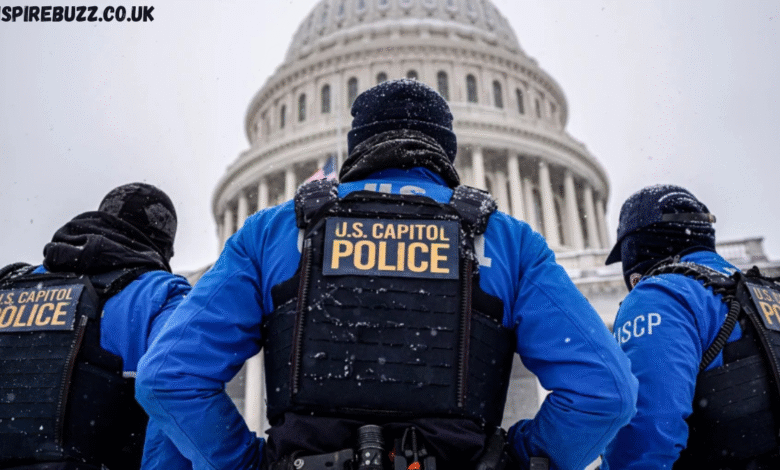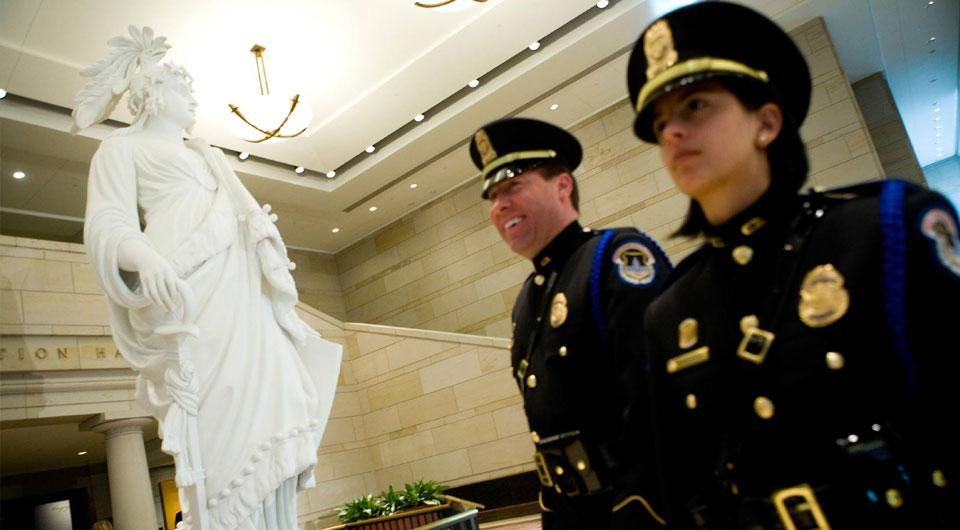Understanding the Role of the US Capitol Police

The US Capitol Police is one of the most important yet often misunderstood law enforcement agencies in the country. Tasked with protecting the heart of American democracy, this department ensures the safety of lawmakers, staff, and visitors at the Capitol complex in Washington, D.C. While many people recognize their presence only during high-profile events, their day-to-day operations involve much more than standing guard. They are an active and highly trained force that combines traditional policing with specialized responsibilities unique to the legislative branch of government.
When people think of security in Washington, the focus usually shifts toward agencies like the Secret Service or the FBI. However, the US Capitol Police fills a niche that no other department does. They are embedded directly into the workings of Congress, which means they must balance traditional law enforcement duties with the political realities of protecting elected officials. This combination makes their role not only challenging but also critical to the functioning of democracy.
History of the US Capitol Police
The US Capitol Police traces its roots back to the early 19th century, when concerns over protecting the Capitol building first arose. Initially, only a few watchmen were employed to secure the grounds, but as the nation expanded and the government grew, the need for a specialized police force became clear. Over time, this modest beginning evolved into a full-fledged department with thousands of officers and staff.
The agency’s history is closely tied to the evolving threats facing Congress. From incidents of protest to serious acts of violence, the US Capitol Police has continually adapted. Historical milestones, such as increased security after major national crises, highlight how the department has become more professionalized and structured. These changes reflect both the challenges of safeguarding a high-profile government institution and the resilience of the agency in the face of new dangers.
Duties and Responsibilities of the US Capitol Police
The everyday responsibilities of the US Capitol Police are broader than many realize. Their primary mission is to protect members of Congress, but that mission extends far beyond the physical walls of the Capitol. Officers provide security at hearings, official travel events, and even private residences when necessary. They also screen visitors, manage protests, and handle emergencies within the Capitol complex.
Another layer of their responsibility lies in intelligence gathering and threat assessment. The US Capitol Police works closely with other federal and local agencies to monitor potential risks to lawmakers and staff. This behind-the-scenes work is critical, as many threats never reach the public eye but are neutralized through proactive measures. By combining on-the-ground presence with intelligence-driven strategies, the agency ensures the safety of those serving in Congress.
Training and Professional Standards
Officers of the US Capitol Police undergo rigorous training that prepares them for the unique challenges of protecting Congress. Their preparation is not limited to basic policing; it includes specialized instruction in crowd control, counter-terrorism, and dignitary protection. This specialized skill set ensures that they can handle both routine operations and high-stakes incidents.
In addition to physical training, professional standards emphasize accountability and ethical conduct. The US Capitol Police holds its officers to strict performance guidelines, ensuring that they represent the values of fairness, respect, and professionalism. By maintaining high standards, the department sustains public confidence and demonstrates its commitment to safeguarding democratic institutions.
Collaboration with Other Agencies
The work of the US Capitol Police does not happen in isolation. Cooperation with other law enforcement agencies is a cornerstone of its operations. This includes coordination with the Secret Service during events involving the President, or with local police departments when managing large-scale demonstrations.
Such collaboration is essential because the Capitol sits at the intersection of public protest, political decision-making, and national security. By working together, agencies can share intelligence, streamline response strategies, and ensure comprehensive protection. The US Capitol Police has built strong networks of trust with its partners, which enhances its ability to respond effectively to evolving threats.
Public Perception and Media Coverage

The US Capitol Police often finds itself in the media spotlight during moments of crisis. For example, when major security incidents occur, public attention immediately shifts to how well the agency performs under pressure. This coverage can shape public perception, sometimes positively and other times critically.
Yet beyond the headlines, the US Capitol Police has a steady record of daily service that receives little recognition. Officers quietly secure hearings, protect congressional offices, and ensure tourists can safely visit the Capitol. The contrast between high-visibility events and routine duties illustrates the complex relationship between public perception and the realities of the job.
Challenges Faced by the US Capitol Police
Like any major law enforcement agency, the US Capitol Police faces ongoing challenges. The most visible is the threat of violence directed toward lawmakers or the Capitol itself. Political polarization has heightened tensions, increasing both the volume and seriousness of potential threats. Officers must remain constantly alert, balancing openness with security.
Another challenge is managing the balance between protecting constitutional freedoms and ensuring safety. Protest and demonstration are fundamental rights in the United States, and the US Capitol Police must navigate the fine line between allowing free expression and preventing disruptions or violence. This balance requires sensitivity, restraint, and a deep understanding of democratic values.
Community Engagement and Education
One often-overlooked aspect of the US Capitol Police is its role in community engagement. The agency regularly interacts with the public through educational programs, tours, and safety initiatives. These efforts help build trust and demystify the role of the department for visitors to Washington.
By educating the public, the US Capitol Police not only strengthens community relations but also enhances safety. Visitors who understand security procedures are more cooperative and aware, which makes the job of officers easier. This proactive outreach reflects the department’s broader mission to protect not just buildings, but also the ideals of openness and democracy.
Technology and Innovation in Security
Modern threats demand modern solutions, and the US Capitol Police has increasingly turned to technology to enhance security. From advanced screening devices at entry points to sophisticated communication systems, technology plays a central role in keeping the Capitol secure. Surveillance systems, access controls, and rapid response tools allow officers to address risks more effectively.
However, the integration of technology does not replace the human element. The US Capitol Police combines advanced systems with the judgment and experience of trained officers. This blend of innovation and human expertise ensures a security framework that is both adaptable and reliable.
The Future of the US Capitol Police
Looking ahead, the US Capitol Police will continue to evolve as challenges change. The nature of threats, both physical and digital, requires constant adaptation. Cybersecurity, for example, is becoming increasingly relevant as lawmakers face new types of risks. Expanding the department’s capabilities in this area is likely to be a key focus moving forward.
At the same time, the agency must address internal needs, such as officer wellness and retention. The demands of the job can be intense, and supporting personnel is essential for maintaining a strong force. The future of the US Capitol Police depends on balancing operational readiness with the well-being of those who serve.
Conclusion
The US Capitol Police stands as a guardian of American democracy, quietly ensuring that the nation’s legislative branch can function safely and effectively. From its historical origins to its modern responsibilities, the agency has grown into a highly specialized force that plays an indispensable role in the country’s security landscape.